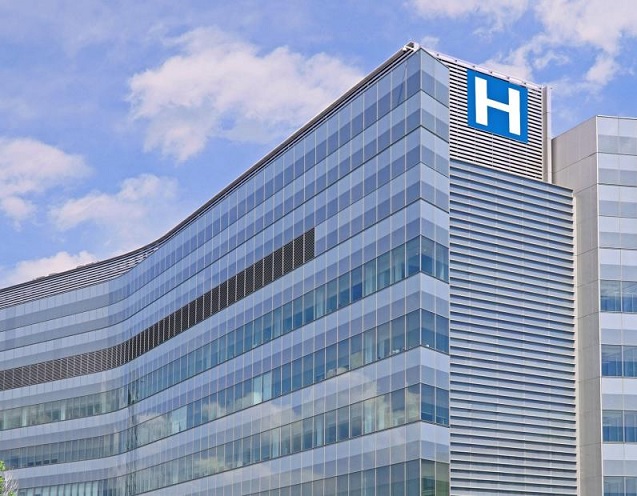Navigating a Shifting Landscape Amid Financial Pressures
UPMC’s Struggles Reflect Industry-Wide Challenges
Pittsburgh-based UPMC, one of Pennsylvania’s largest employers, announced significant layoffs in 2024. These include 1,000 jobs in April and 100 more active positions recently. UPMC attributes the cuts to operational efficiencies and market evolution post-pandemic. Despite recording $27.7 billion in revenue in 2023, UPMC faced a $198.3 million operating loss. Rising insurance claims and labor costs contributed to a -0.7% operating margin last year. By mid-2024, its operating loss grew to $313 million, underscoring financial strain.
Elevance Health Responds to Market Pressures
Elevance Health also trimmed its workforce. Layoffs included 123 workers in October, following reductions in March and challenges with Medicaid costs. The company’s financial struggles led to its stock dropping over 10%. These job cuts aim to counteract escalating medical expenses and administrative challenges.

Blue Shield of California’s Workforce Reduction Efforts
Blue Shield of California announced layoffs impacting 61 positions, citing economic pressures. This follows prior job cuts, totaling 226 this year. The insurer aims to enhance efficiency while navigating cost increases. Severance and career coaching support were offered to those affected.
Nationwide Trends Highlight Persistent Financial Struggles
Organizations like Sentara Health, Optum, and Texas Children’s Hospital also faced layoffs in 2024. Rising costs, reduced reimbursements, and evolving care models have forced these systems to downsize. For example, Sentara Health attributed its cuts to Medicaid redetermination, while Texas Children’s Hospital faced “historic financial challenges.”
The healthcare sector’s layoffs highlight systemic financial hurdles, including higher labor and pharmaceutical costs, reduced reimbursements, and shifting care demands. While organizations prioritize efficiency and patient care, workforce reductions remain a common response to ongoing challenges. These trends reflect an industry adapting to unprecedented economic pressures and a post-pandemic reality.
Our Visitor






 Users Today : 42
Users Today : 42


